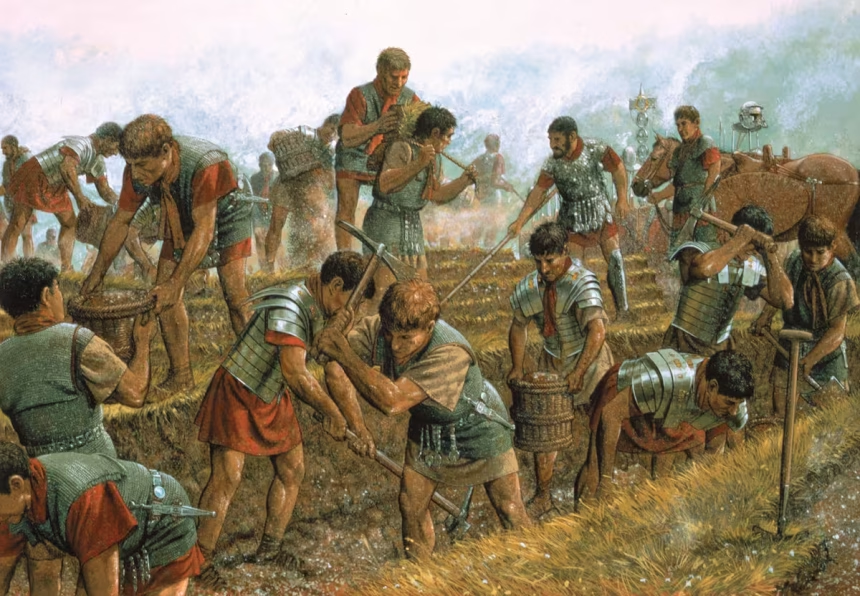How Did the Roman Army Gain Control of the Italian Peninsula?
To control the territory, the Roman Republic threw all its forces for more than a century (343-264 BCE) in a duel against the Samnites, a fierce mountain people.

To control the territory, the Roman Republic threw all its forces for more than a century (343-264 BCE) in a duel against the Samnites, a fierce mountain people.

